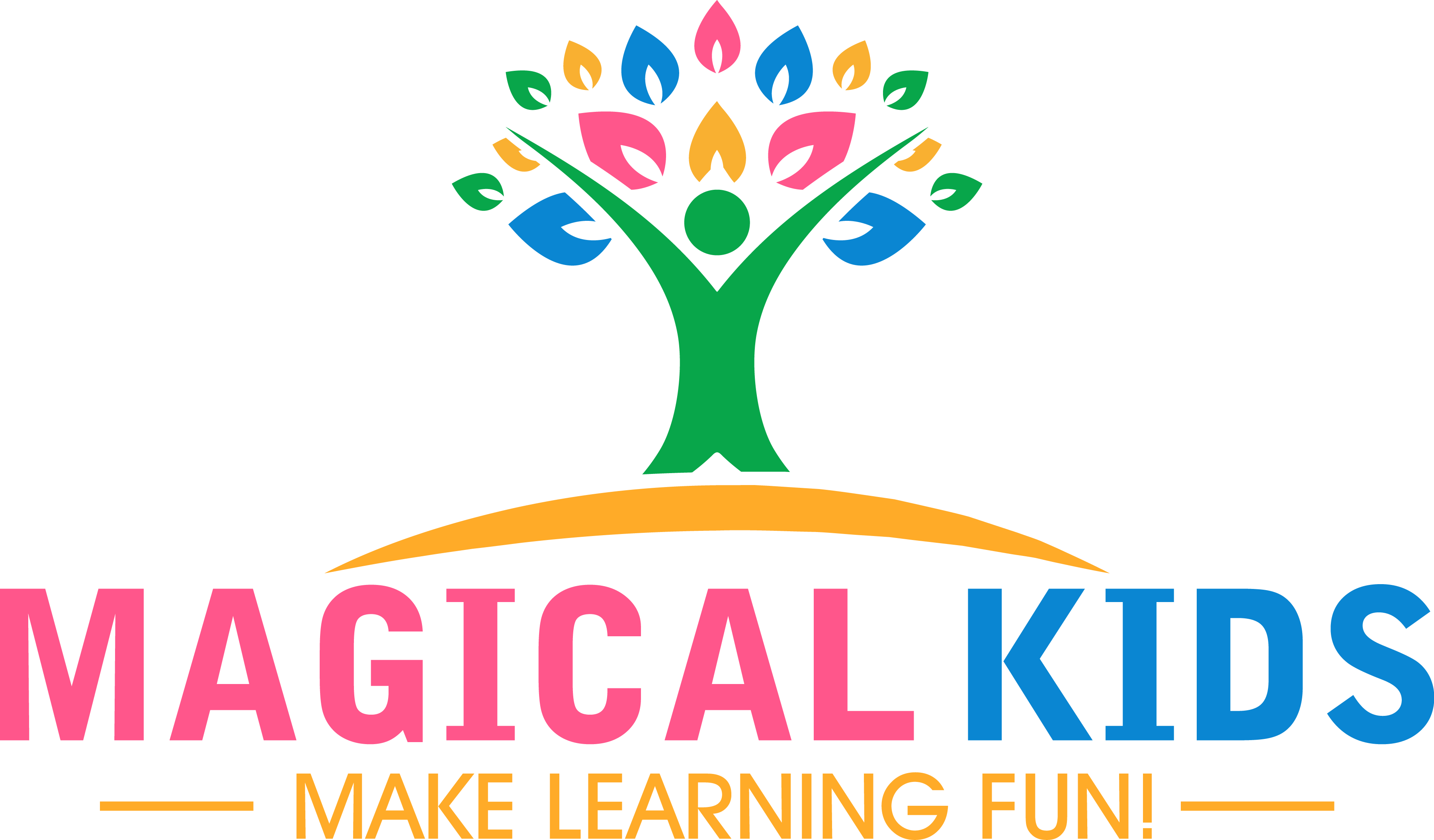DIY Phonics Flip Book for Early Readers
Teaching kids to read doesn’t have to be complicated! A phonics flip book is a simple, hands-on tool to help early readers practice blending sounds and recognizing CVC (consonant-vowel-consonant) words. This DIY project is fun to make, easy to use, and highly effective in building foundational reading skills. Here’s how to create your own phonics flip book and some examples to get started.
Why Use a Phonics Flip Book?
A phonics flip book engages kids in:
-
Blending individual sounds to form words.
-
Practicing word families like -at, -in, and -ot.
-
Recognizing patterns in CVC words.
-
Developing decoding skills in a fun, interactive way.
- Build phonemic substitution skills.
What You Need:
-
Index cards or sturdy paper
-
A hole punch
-
Binder rings or yarn
-
Markers or pens
-
Scissors
How to Make Your Phonics Flip Book:
-
Cut Your Cards:
-
Cut index cards into three equal sections: one for the beginning sound, one for the vowel, and one for the ending sound.
-
-
Write Letters:
-
On the first set of cards, write common beginning sounds like b, c, m, s, t, r, f, g.
-
On the second set, write vowels: a, e, i, o, u.
-
On the third set, write common ending sounds like t, n, p, g, d, m, s.
-
-
Punch Holes:
-
Punch a hole at the top of each card and group them into three separate piles: beginning sounds, vowels, and ending sounds.
-
-
Assemble:
-
Use binder rings or yarn to attach the cards in their respective groups.
-
Layer them so kids can flip through and form different CVC words.
-
How to Use the Flip Book:
-
Flip the cards to form a word (e.g., b + a + t = bat).
-
Sound out each letter slowly and blend them together.
-
Ask kids if it’s a real or nonsense word.
-
Write the word on paper for additional practice.
Phonics Loom: Your All-in-One Phonics Resource
If you’re looking for a more structured approach to teaching phonics, the Phonics Loom is an incredible tool. It’s a subscription-based 600+ pages resource that provides access to all phonics activities, including blending, CVC word practice, sight words, digraphs, blends and more. With hundreds of engaging activities, an ever growing and free updates for a year, it’s perfect for classrooms, homeschool setups, and parents looking to simplify learning. Combine the Phonics Loom with this DIY flip book for a comprehensive phonics toolkit!
Examples of CVC Word Families:
-
-at Family:
-
bat, cat, hat, mat, rat, sat, pat, fat
-
-
-in Family:
-
bin, pin, sin, tin, win, fin, kin
-
-
-ot Family:
-
cot, dot, hot, lot, pot, rot, not
-
-
-ug Family:
-
bug, dug, hug, mug, rug, tug, jug
-
-
-ed Family:
-
bed, red, fed, led, wed
-
-
-it Family:
-
bit, fit, hit, kit, lit, pit, sit
-
Extended Examples by Sound:
Beginning Sounds:
-
b: bat, bag, bid
-
c: cat, cap, cot
-
m: mat, mop, mug
-
s: sat, sip, sun
-
t: tap, top, tug
Ending Sounds:
-
t: bat, pit, fit
-
n: bin, can, run
-
p: cap, lap, map
-
g: bag, dug, log
Extension Ideas:
-
Add Digraphs: Expand the flip book to include digraphs like sh, ch, th for more advanced practice.
-
Color Coding: Use different colors for vowels, consonants, and blends to make it visually engaging.
-
Themed Flip Books: Create seasonal flip books (e.g., Valentine’s Day with hearts and pink/red designs).
Final Thoughts:
A DIY phonics flip book is an easy-to-make, versatile resource that can grow with your child’s skills. Whether they’re just starting with CVC words or advancing to digraphs and blends, this tool keeps learning interactive and fun. Pair it with the Phonics Loom for even more structured and engaging phonics practice. Share your flip book creations with us—we’d love to see how you personalize this activity for your little readers!


